The first ever international-standard abattoir and livestock fattening facility in the Somali Region opened for business in Faafan village, approximately 40km west of Jigjiga, which is home to the largest animal population in Ethiopia. A $1.5 million USAID grant to JESH PLc., leveraged private sector investment to construct a slaughterhouse that will provide a reliable livestock market for lowland areas of Ethiopia where the majority of pastoral communities live and rear their livestock.
Jigjiga Export Slaughter House Connects Pastoralists to International Markets
3:02
Video Transcript
(00:24- 00:31) The Somali Regional State of Ethiopia is huge resources of livestock.
(00:32- 00:37) The pastoral communities major economic activity is the livestock.
(00:37- 00:45) There was no commercial slaughterhouse within a radius of 600 kilometers.
(00:45-00:49) Construction started in September 2012.
(00:49-00:54) Women formed slightly more than 50 percent of the construction workforce.
(00:54-01:00) At the end of the month when we paid the salaries, the women would use the income to take care of the household.
(01:02- 01:05) This facility is one of the most modern facilities in Africa.
(01:05- 01:10) It sits on a 345 hectare farm which is rich in water.
(01:11-01:19) The machinery, the electro-mechanical, the other facilities in the factory is state-of-the-art.
(01:19-01:24) The UAE (United Arab Emirates) inspectors said it’s the best they’ve seen in Ethiopia.
(01:24-01:31) At full production, we expect to employ about 200 permanent employees.
(01:31-01:35) Out of the 200, we expect about 30 percent to be women.
(01:36-01:41) And this will have a major economic impact on the communities…
(01:41-01:50) around us and as far away as 1,000 kilometers where there are a lot of animals.
(01:50-02:01) There will be more than 1,000 other secondary jobs created through interacting with the factory.
(02:01-02:07) The facility itself has got the largest refrigeration facility in Ethiopia.
(02:07-02:10) Going forward, within the next one year,
(02:10-02:16) we expect to reach 50,000 sheep or small ruminants per month.
(02:16-02:24) This translates to so many households who will benefit by having a ready and accessible market for their animals.
(02:25-02:29) I worked before in Addis Ababa in a halal exporter abattoir.
(02:29-02:33) This one is very nice, all machinery.
(02:34-02:42) I would like to thank USAID and Mercy Corps for the support they’ve given to this facility.
(02:42-02:47) Without the support of USAID, this facility would probably take ten years to build.
اکټوبر 28, 2011







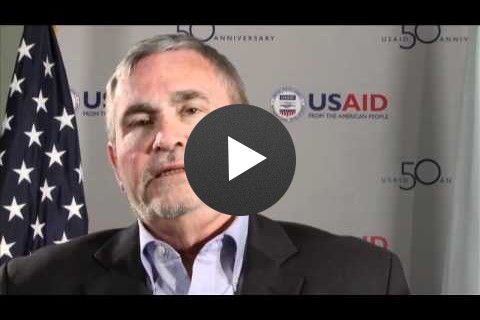
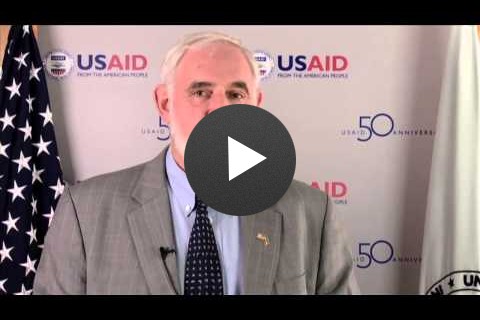
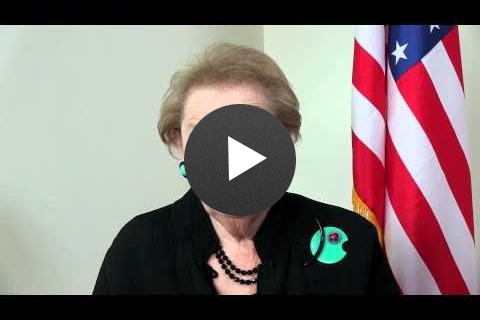
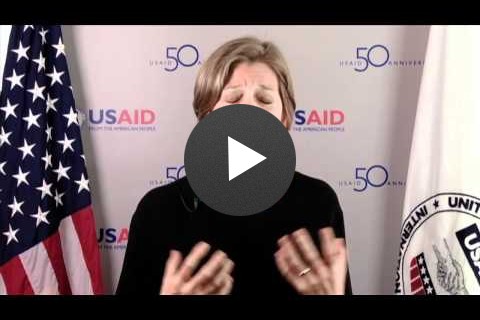
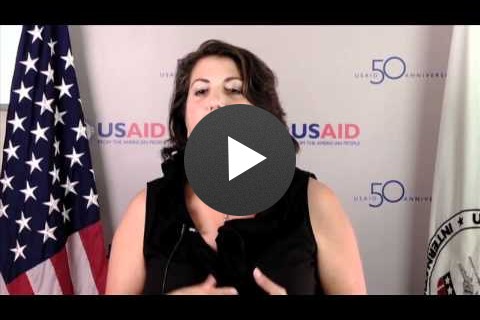
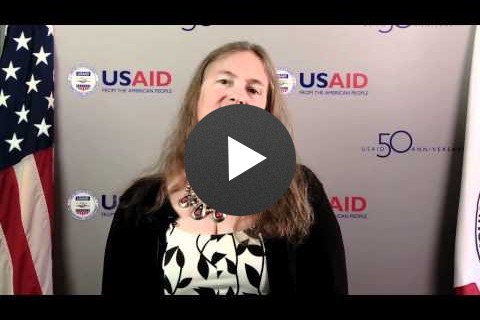
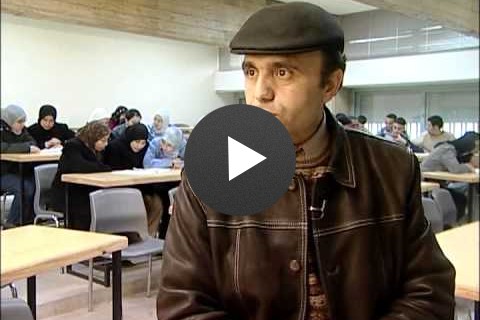
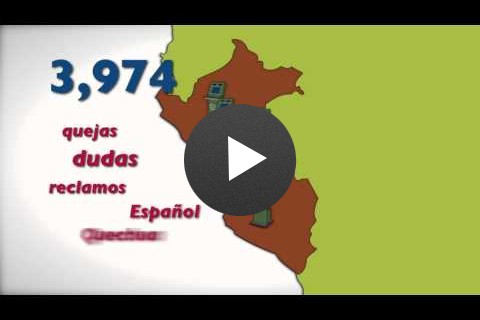
Comment
Make a general inquiry or suggest an improvement.